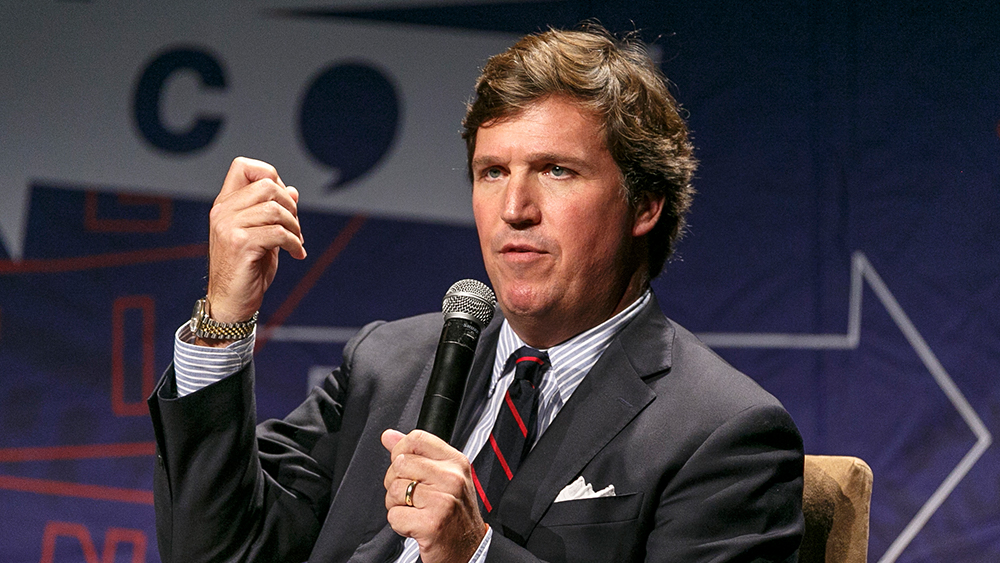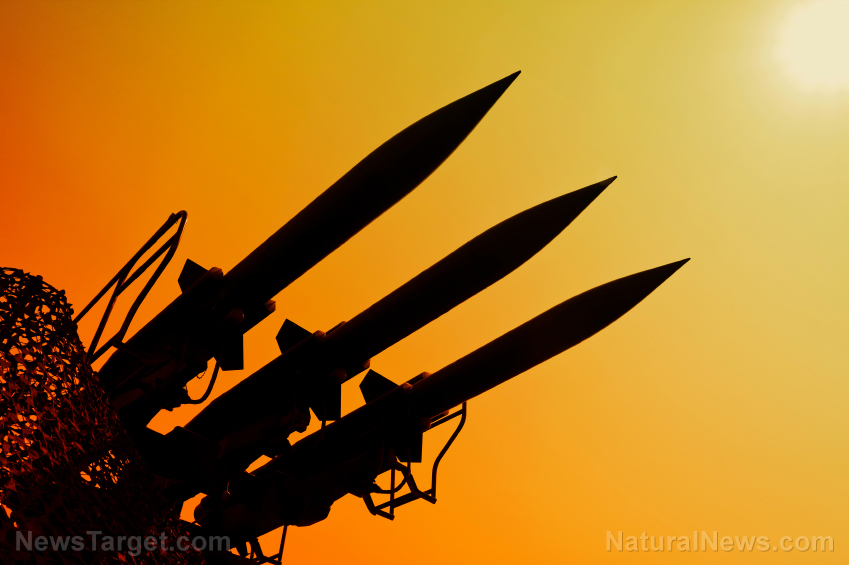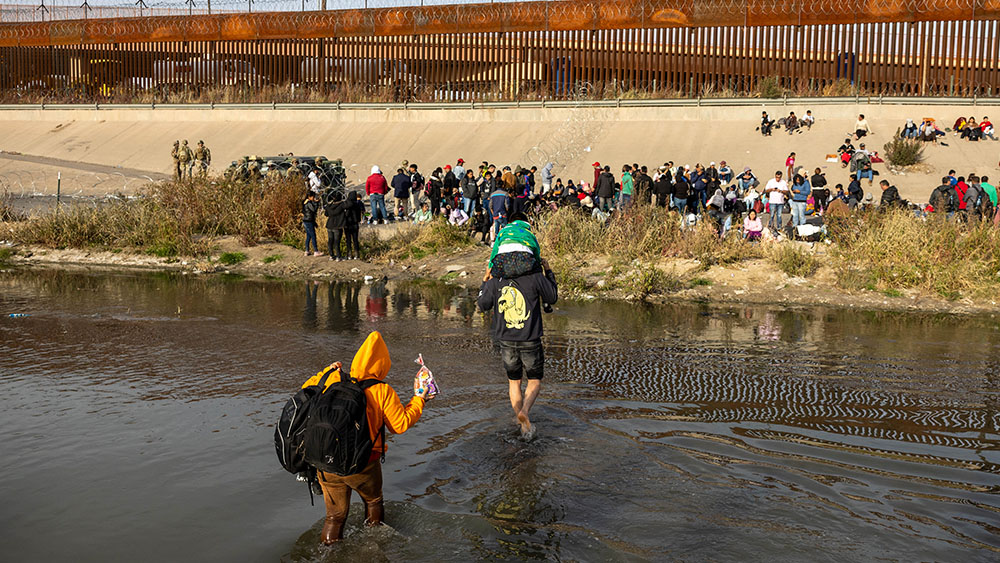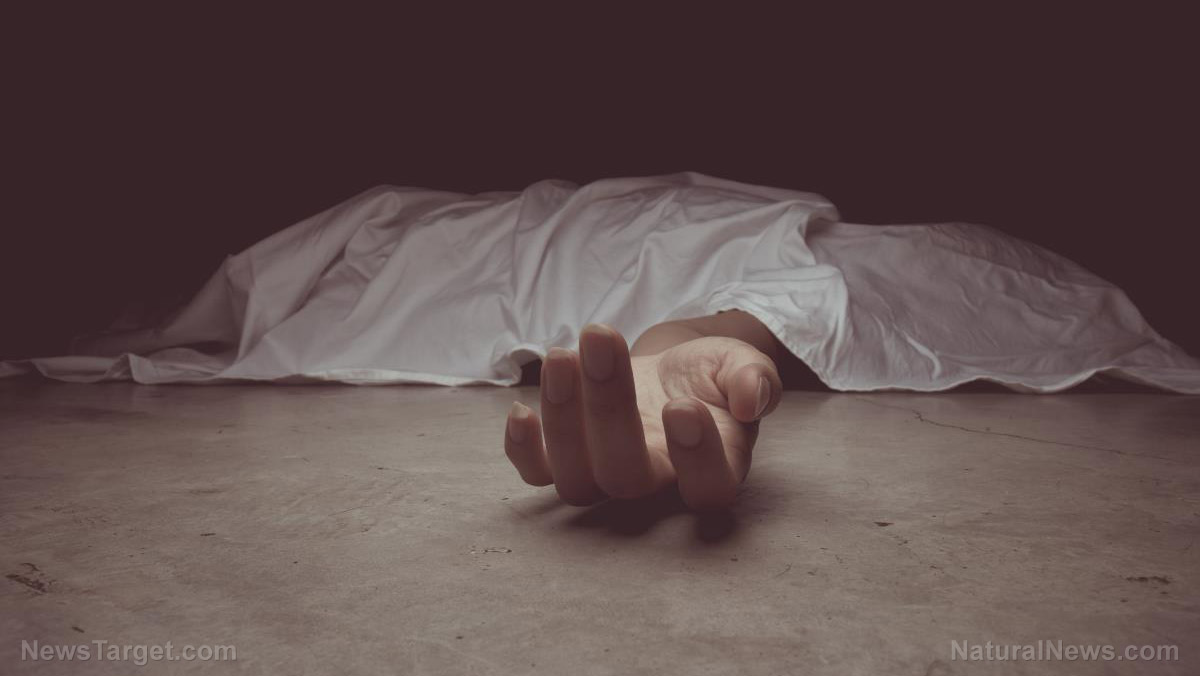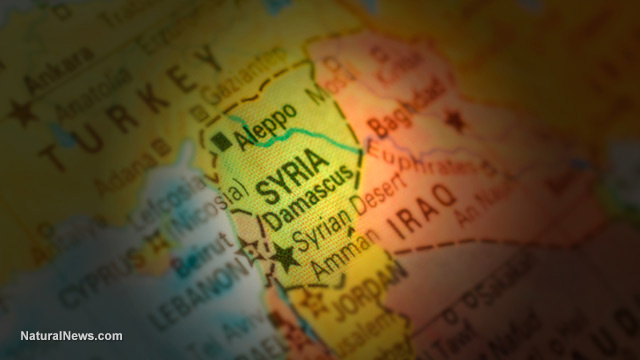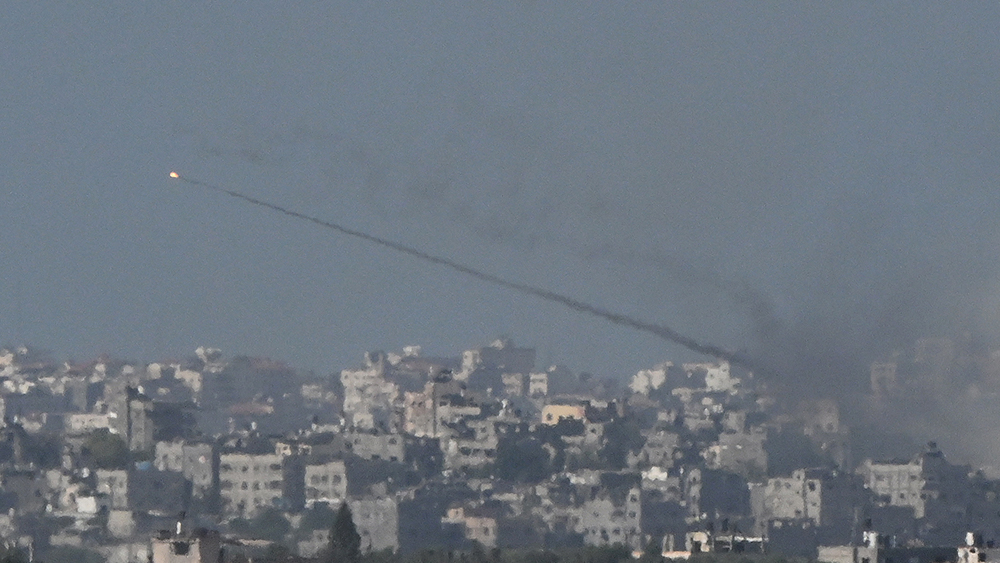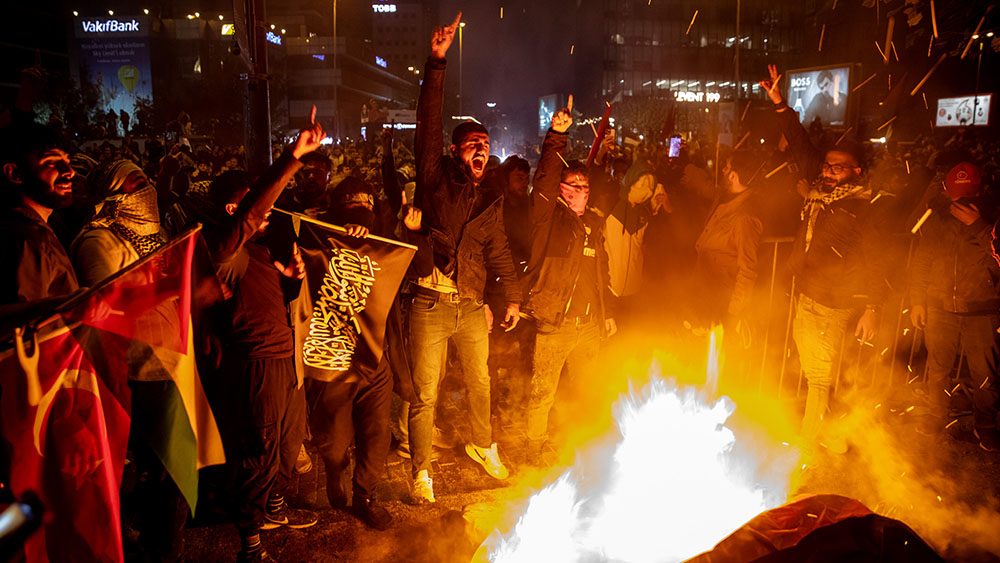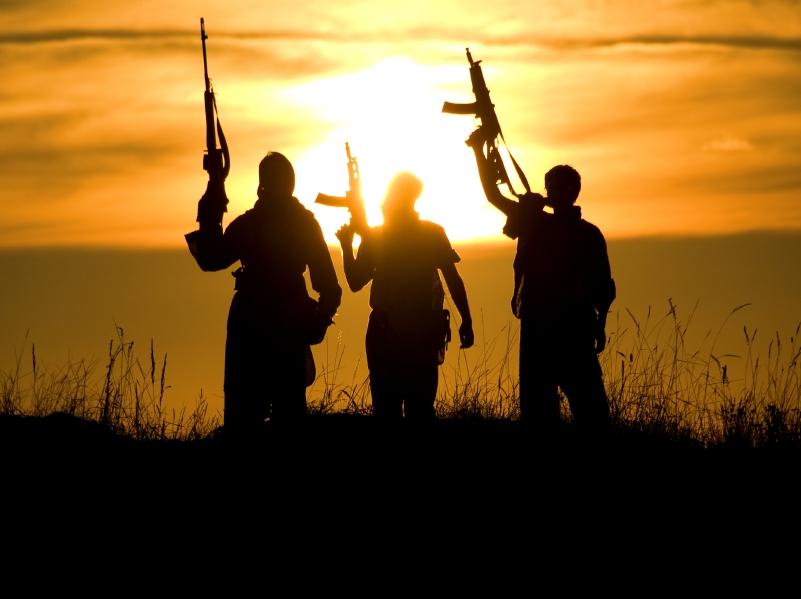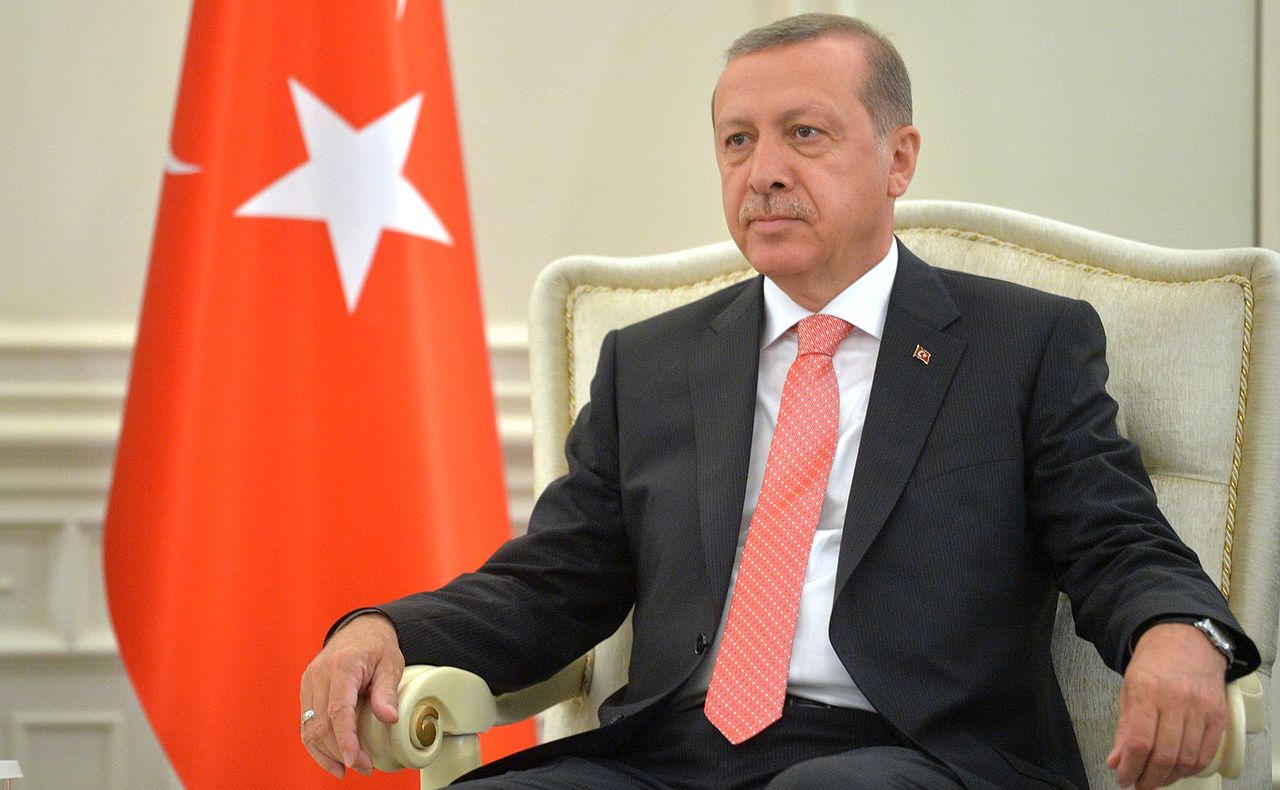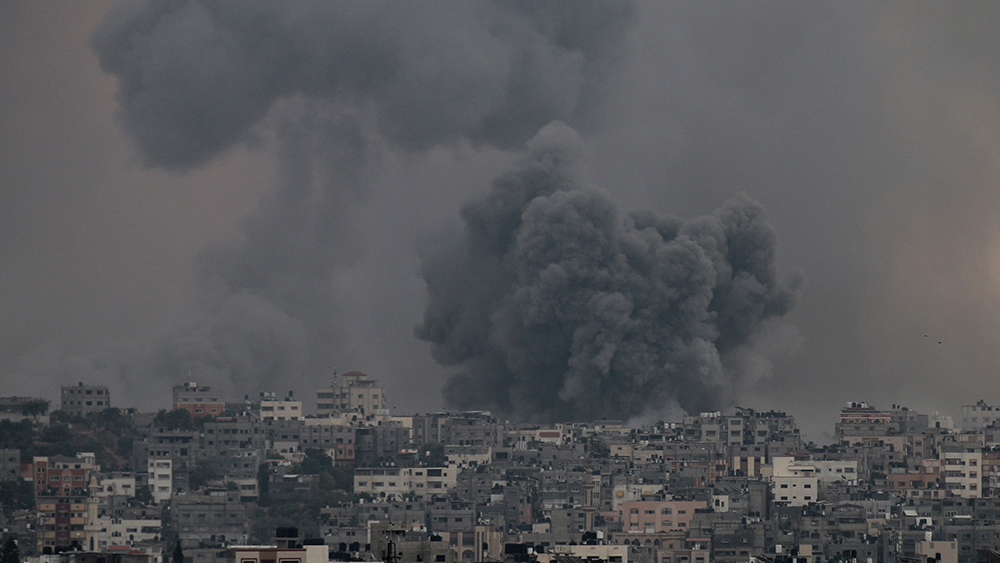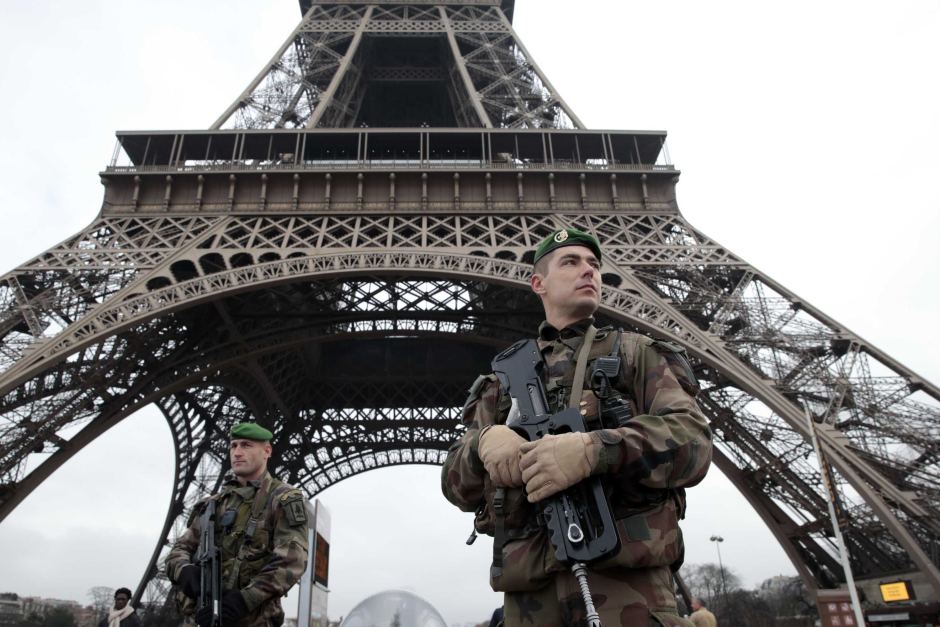Switzerland ready with EMERGENCY PLANS for possible ENERGY SHORTAGE this winter
10/19/2023 / By Kevin Hughes
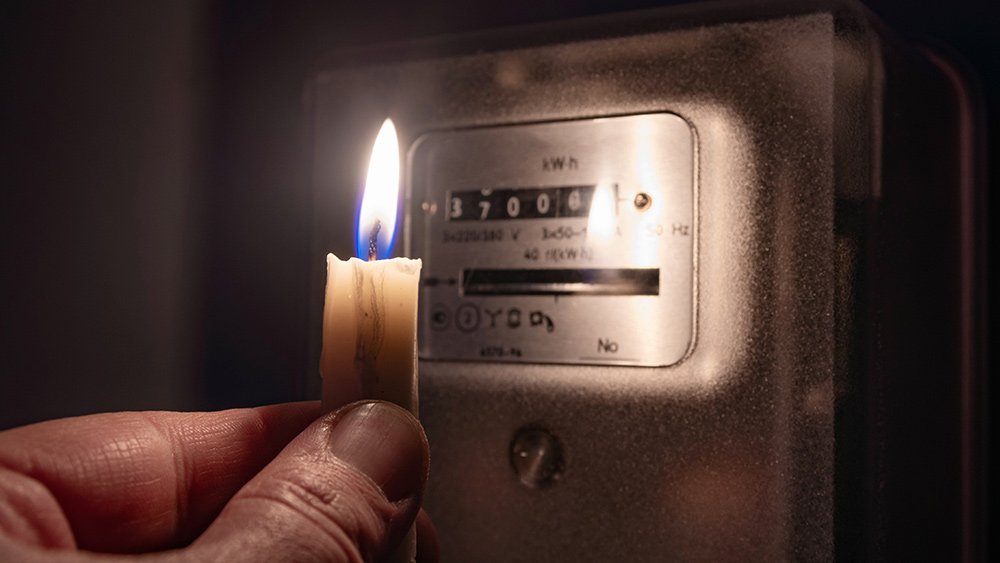
Switzerland has already prepared emergency plans for a possible energy crisis in the coming winter months.
The Daily Mail expounded on the landlocked nation’s plan, saying that it is divided into two classifications – emergency and crisis. The emergency tier has three degrees of restrictions, while the crisis tier has four. According to the Mail, the plan is designed to function like Wuhan coronavirus (COVID-19) lockdowns – with each stage set off depending on the volume of energy available.
Under the least extreme emergency classification, people will be requested to limit their washing machines to a maximum of 104 F (40 C). Public buildings will be heated to not more than 68 F (20 C), but medical facilities such as hospitals or nursing homes are exempt from this restriction.
The next extreme emergency restriction will see public buildings heated to not more than 66.2 F (19 C). Streaming services will also be required to comply by limiting the resolution of their videos to standard definition instead of high-definition.
The third emergency tier will mandate shops to decrease their operating hours by up to two hours each day. Electric vehicles (EVs) will also be restricted to essential journeys only – food shopping, visiting the doctor and attending a professional practice, religious events and court hearings.
Under the first crisis tier, public bathrooms won’t have hot water and air conditioning in private homes will be banned. The second crisis tier will see escalators and commercial ice machines deactivated, and Christmas lights won’t be turned on.
The third crisis tier will see public swimming pools closed and cryptocurrency mining prohibited. Sports stadiums and nightclubs won’t have light under this restrictions. The most extreme crisis tier will involve the shutdown of all leisure businesses and the prohibition on all public gatherings – sports matches, concerts, operas and theater performances.
Import-reliant Switzerland forced to ration energy
According to the Mail, Switzerland had expected an energy shortage in the winter months due to its reliance on imported energy. While dependence on Russian gas has mostly been replaced, uncertainties still remain.
Germany, which was largely dependent on Russian gas supplies before the Russia-Ukraine war, is Switzerland’s biggest energy supplier. France is second, but the country is having problems with its nuclear reactors.
Switzerland itself also produces energy, generating about 60 percent from hydroelectric power stations such as dams across rivers or generators put between lakes. Almost a third of its power comes from nuclear energy, which the government has committed to gradually reduce. The remaining percentage comes from a combination of traditional and renewable energy sources.
Switzerland mostly produces enough electricity every year to keep the lights on, but the production varies monthly. This is because hydropower is dependent on rainfall and melting snow to replenish rivers and reservoirs, which naturally rise during spring and summer but decrease in autumn and winter.
That means the Swiss export huge quantities of power to neighboring countries during the hotter, rainy months and import through the colder months. But the unusually dry summer in Europe that caused lakes and rivers to dry up has caused Switzerland to produce less energy than expected from its hydroelectric plants.
The Swiss government previously announced that it plans to ban the use of electric cars for “non-essential” journeys if the nation runs out of energy during winter. Experts said the situation this winter should be better, although the country still needs to invest far more to guarantee a long-term energy transition from fossil fuels to renewables. (Related: Switzerland plans to temporarily limit electric vehicle use this winter due to energy shortage.)
Thus far, the Swiss government has determined not to start a major energy-saving campaign intended for the public, but it stays on alert to act if prices erupt or supply decreases. As stated by the Swiss Federal Office of Energy (SFOE), energy markets remain volatile, and “prices are reacting strongly to new uncertainties.”
The SFOE also said the alert has not been lifted and “the campaign could be deployed if the energy supply situation were to deteriorate,” especially in the event of consistently low temperatures.
Follow EnergySupply.news for more news about the energy crisis happening in America and Europe.
Watch Holly Seeliger discussing Switzerland’s plan to ban the use of EVs during the winter season.
This video is from the Zoon Politikon channel on Brighteon.com.
More related stories:
European energy crisis making it impossible to produce renewable energy equipment like solar panels.
Netherlands to shut down Europe’s largest gas field even as energy crisis worsens.
Sources include:
Submit a correction >>
Tagged Under:
big government, Collapse, electricity, Emergency plan, energy rationing, energy shortage, energy supply, fuel supply, national security, nuclear energy, power, power grid, preparedness, rationing, scarcity, SHTF, switzerland
This article may contain statements that reflect the opinion of the author
RECENT NEWS & ARTICLES
COPYRIGHT © 2017 NATIONAL SECURITY NEWS





